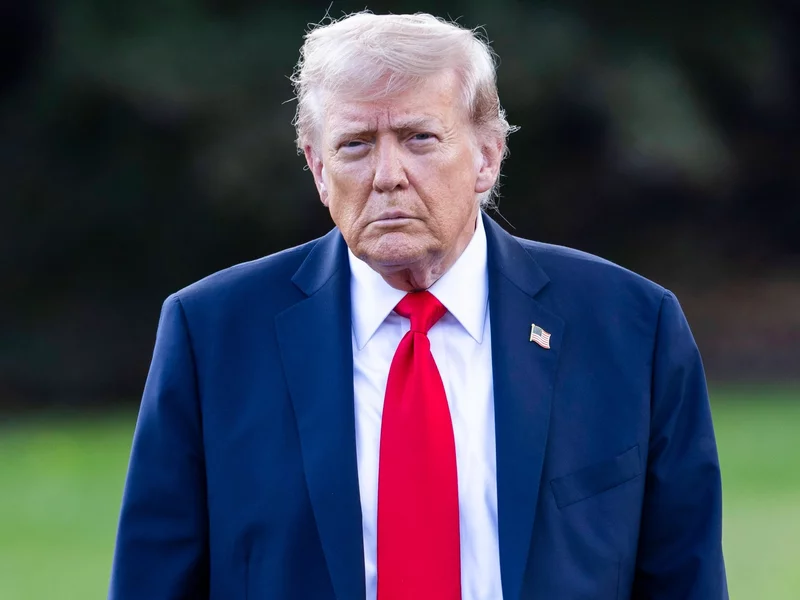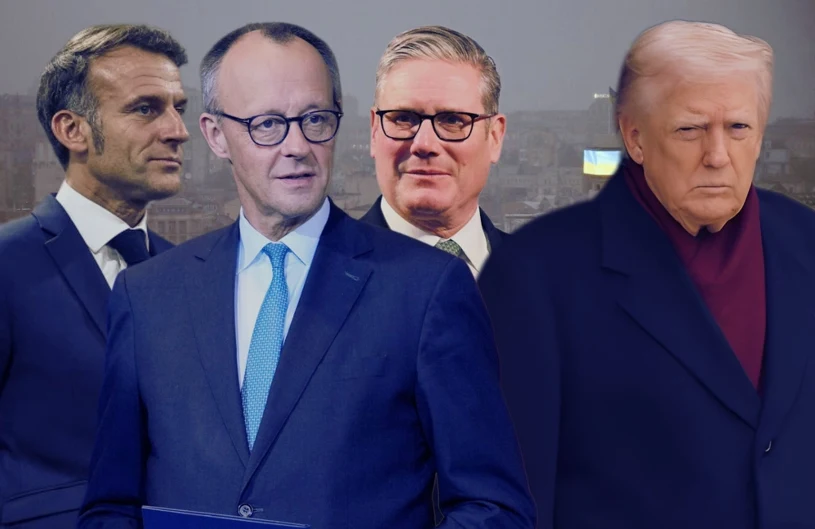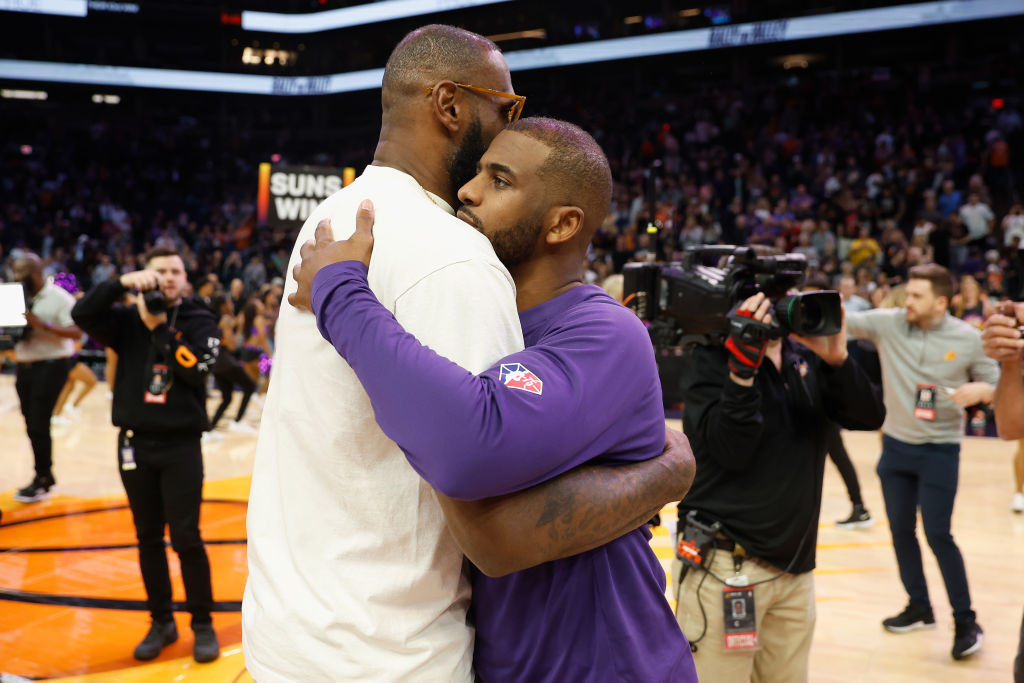Trump Says China Deal „Done” With 55% Tariffs On Beijing; Will Work With Xi To Open Up China To US Trade
China and the US have agreed to “a done deal” that includes rare earth exports from China and Chinese students attending colleges in the US, President Trump said on Wednesday, pointing to a potential breakthrough aimed at cooling trade tensions that had been reignited by mutual accusations of deal violations.
“Our deal with China is done, subject to final approval with President Xi and me,” Trump posted on Truth Social, as the negotiating teams from the two countries concluded talks in London from the past two days.
“Full magnets, and any necessary rare earths, will be supplied, up front, by China. Likewise, we will provide to China what was agreed to, including Chinese students using our colleges and universities (which has always been good with me!).
“We are getting a total of 55 per cent tariffs, China is getting 10 per cent. Relationship is excellent! Thank you for your attention to this matter!”

Trump’s comments on Wednesday come a day after the US and China reached an agreement in London on implementing the terms of their tariff truce.
But, as Bloomberg notes, Trump’s remarks included terms negotiators did not lay out, such as the immediate supply of critical minerals by China. He also said the US tariff rate would be a “total” of 55% — though the precise rate was not clear.
That figure includes a 10% baseline duty, a 20% charge tied to fentanyl trafficking and roughly 25% from preexisting levies from Trump’s first term as well as most favored nation rates, according to a White House official.
In a follow up post, Trump added to the readout, saying that „President XI and I are going to work closely together to open up China to American Trade. This would be a great WIN for both countries!„

American and Chinese officials concluded marathon negotiations on Tuesday, agreeing to revive the flow of sensitive goods, such as critical minerals, and implement the terms of last month’s deal in Geneva, which saw both sides lower tariffs. That deal included a 90-day pause on very high tariffs both nations implemented on each others’ imports that amounted to a de facto trade embargo. It’s unclear whether that deadline, which expires in August, remains in effect.
Trump’s latest post followed a rocky stretch in bilateral ties, marked by a fraying trust between the world’s two largest economies. But a phone call between Xi Jinping and Trump last week helped fuel a sense of cautious optimism ahead of the London talks. The two negotiating teams finished their latest round of talks by announcing they had agreed “in principle” to a “framework” that each side would bring home for review by their respective leaders, as the world’s two biggest economies attempt to get their trade-war ceasefire deal signed in Geneva last month back on track.
In an official statement released by Xinhua on Wednesday afternoon, Beijing said the two sides “made new progress in addressing each other’s economic and trade concerns” during the “candid and in-depth” dialogue.
Vice-Premier He Lifeng, who led the Chinese delegation, said that “China does not want a trade war, but it is not afraid of one”, according to the statement.
“The two sides should resolve economic and trade differences through equal dialogue and mutually beneficial cooperation. China is sincere in economic and trade consultations, but it also has its principles,” He was quoted as saying.
In London, China’s delegation was led by Vice-Premier He Lifeng. Lutnick, US Treasury Secretary Scott Bessent and Trade Representative Jamieson Greer led the US side in what was described as “the first meeting of the China-US economic and trade consultation mechanism”.
“The two largest economies in the world have reached a handshake for a framework,” said US Commerce Secretary Howard Lutnick, who was with the US delegation.
Unlike the first round of trade talks last month in Geneva, neither side immediately published official statements following the meetings this time.
In mid-May, both sides agreed in Switzerland to roll back the tariffs imposed this year. US tariffs on Chinese goods were reduced to 30 per cent from 145 per cent, while Chinese tariffs on US imports were lowered to 10 per cent, for 90 days. Analysts had earlier estimated that the effective US tariff was about 20 per cent at end of last year, bringing the total effective rate to about 50 per cent, excluding some sectoral tariffs.
Tensions escalated dramatically in the days leading up to last week’s presidential phone call, with both sides accusing each other of violating the 90-day trade truce they had agreed to in Geneva. On the call, just days ahead of the London talks, Xi and Trump agreed to push forward with negotiations aimed at resolving their ongoing economic disputes.
Since last month, the US said it would block and revoke visas for Chinese students, particularly “those with connections to the Chinese Communist Party or studying in critical fields”, according to the US Department of State.
China’s recent export restrictions on crucial rare earth elements through tighter licensing and curbs also rattled sectors across the globe as China dominates the supply chain.
Tyler Durden
Wed, 06/11/2025 – 09:20

 5 miesięcy temu
5 miesięcy temu











